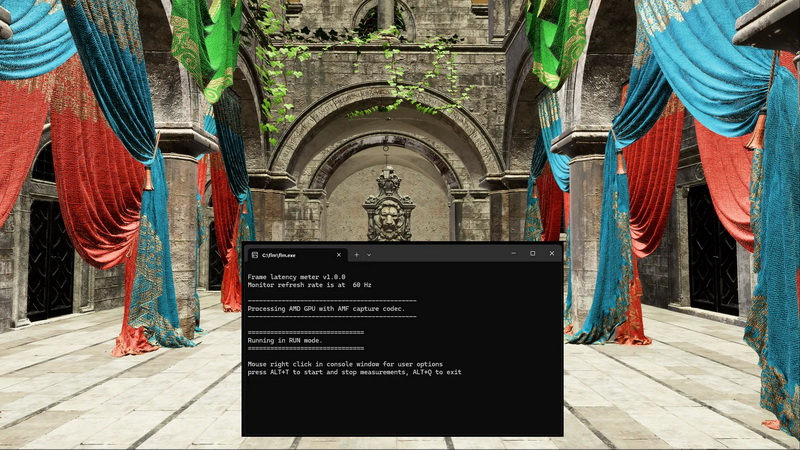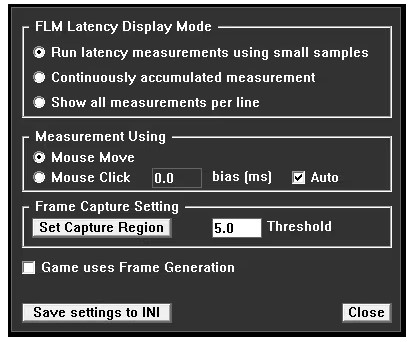AMD has released a software tool for measuring mouse response latency FLM (Frame Latency Meter), which is supported by all systems with AMD Radeon graphics cards. This tool will allow you to optimize the system for gamers for whom every millisecond does not count.

Image source: GPUOpen
Modern gamers, especially those who enjoy competitive gaming, are focused on reducing latency across all possible sources, be it input devices such as keyboards and mice or output devices such as monitors. In light of this, the AMD GPUOpen team has developed custom Frame Latency Meter software that allows you to measure mouse responsiveness based on in-game events to subsequently optimize your overall gaming experience.

AMD FLM (Frame Latency Meter) starts measuring mouse response time from the moment the application is launched and depending on the frames on the display screen. To capture codecs, the utility uses AMF (Advanced Media Framework) codecs for AMD GPUs and DXGI for third-party GPUs, ensuring compatibility for a wide range of consumers. For data analysis, FLM collects latency statistics and exports them to a CSV file, providing users with a rich data set for mouse latency analysis and subsequent optimization.
Frame Latency Meter measures the time it takes to convert mouse movement into a new frame on the screen, then outputs the resulting data in digital format. Unlike NVIDIA’s Latency And Display Analysis Tool (LDAT), which reads the same gun flashes, FLM only needs to detect mouse movement to measure latency. FLM can be used standalone and at any point in the game, so it collects more useful latency data in all modes.
The program works with GPUs that support DirectX 11 and DirectX 12 APIs. It claims to support Windows 10 and Windows 11 operating systems.
You can download AMD FLM with open source code and instructions from the GitHub repository.